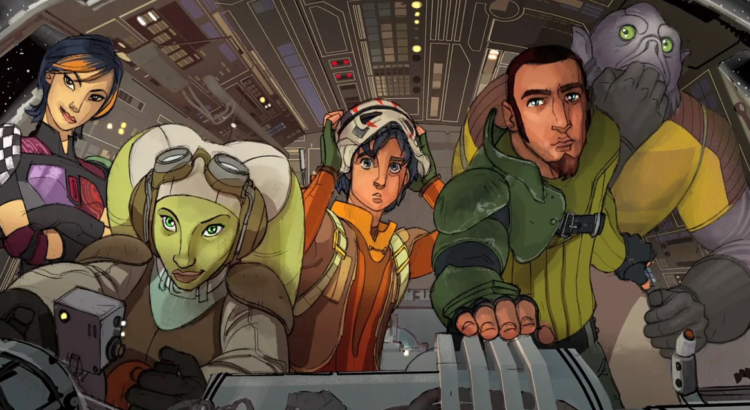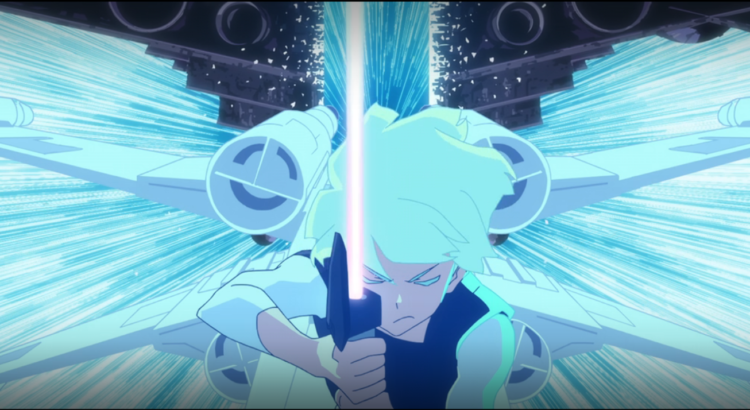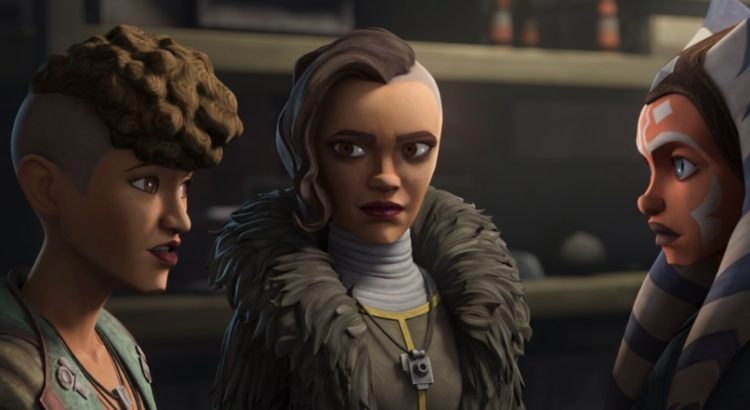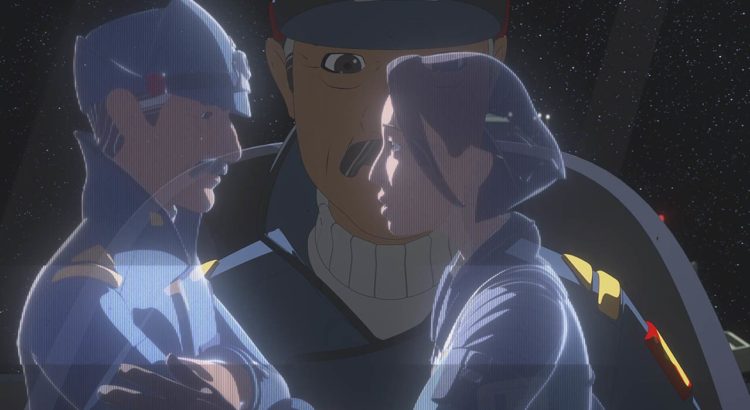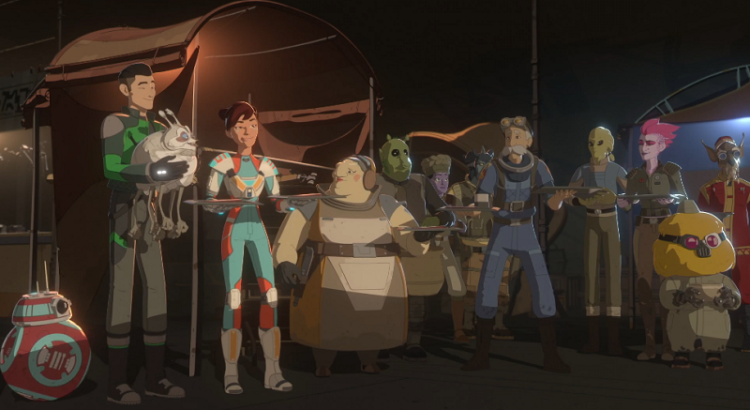Nine years ago, my debut piece was published on Eleven-ThirtyEight. It was a defense of the then-yet-to-come animated series Star Wars Rebels, hitting back against the criticisms that early promotional materials had been receiving of being too “kiddie” or “Disneyfied” compared to its predecessor, The Clone Wars. Since at the time, the show had yet to air, I had to work in the hypothetical and with conclusions based off of what little we knew and what I could try to infer, meaning that not all aspects of that article have aged well, and the writing itself could certainly use some improvement. But the reason I bring it up here is that it shows that I have been following Rebels for a long time, even before the show itself had released anything more than a piece of concept art. I followed the show’s development and release, I’ve absorbed the tie-ins (few though they may be) and, after the show’s end with its fourth season, I’ve watched the horizon for any sign of a sequel.
I and many others like me expected that there would be one, because what successful story in the Disney Star Wars era doesn’t get a sequel of some sort? For a while, it seemed like one was very near in the offing. Rumors came trickling out years ago about a proposed “New Republic” show starring some members of the Rebels cast, dealing with the fate of Thrawn and showing the youngest members of the Spectre crew, Sabine Wren and Ezra Bridger, as adults. But that show never emerged; it remained the subject of rumors and nothing more, as other animated efforts like Forces of Destiny and Star Wars Resistance came and went. Rebels moved further and further into history as more Star Wars media came out, obscuring it further and further in favor of other eras and other characters.
Then The Mandalorian was released, and everything changed. At a time when the lukewarm receptions of Solo and The Rise of Skywalker had left the future of the theatrical films in doubt, The Mandalorian was a genuine blockbuster smash, or at least as close as a show on a streaming service could be. Thanks in large part to Baby Yoda, it put Star Wars into the public consciousness in a way that it hadn’t been in years. And with it came a seismic shift in the Lucasfilm slate of releases moving forward, as theatrical releases were deprioritized (to the point where, as of this writing, there hasn’t been a theatrical Star Wars release since Rise in 2019) and Disney+ releases ramped up. From the first season of The Mandalorian was born a second season, naturally. And from that second season three other shows were born, all announced in the wake of the finale: The Book of Boba Fett, Rangers of the New Republic, and Ahsoka.
Read More